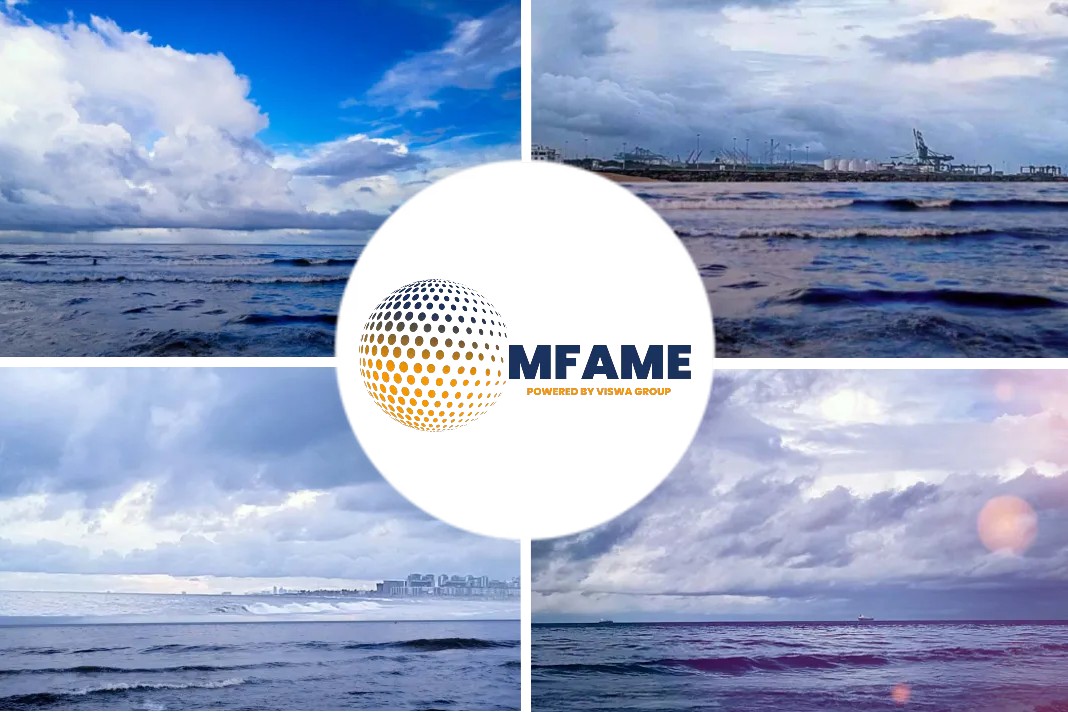
The container shipping industry is currently navigating a familiar yet challenging terrain as it heads into a traditional downcycle. With substantial excess capacity on the horizon in 2023 and potential overcapacity in 2024, industry players are contemplating when the market will regain its equilibrium, as reported by Sea-intelligence.
- The container shipping market faces a downcycle with excess capacity in 2023 and likely 2024, prompting questions about when equilibrium will be regained.
- A positive scenario is outlined with assumptions for container volume growth, supply projections, and a structural factor, aiming to project when market balance may return.
- The journey to equilibrium by 2028 is visually depicted, while uncertainties like lower demand growth or supply shifts could potentially delay the return to balance until the 2030s.
The Looming Downcycle
In 2023, the container shipping market is facing a traditional downcycle, with significant excess capacity being delivered. The question on everyone’s mind is when this overcapacity market will find equilibrium.
The Optimistic Scenario
In issue 637 of the Sunday Spotlight, we outlined an optimistic scenario for the container shipping industry. This scenario envisions four key factors: moderate container volume growth, supply growth based on the current order book, minimal supply growth post-2026, and a “structural factor” influencing supply-demand dynamics.
Balancing Act
Analyzing the global over-supply from 2020 to 2030, even under the optimistic assumptions, we find that restoring the supply-demand balance to the 2019 level may take until 2028. This eight-year span is reminiscent of the cycle from the financial crisis until balance was restored in 2017. By 2026, approximately one-third of the overcapacity would have been absorbed.
Uncertainties Ahead
However, the rosy scenario painted above is not without its challenges. Lower demand growth, modest supply growth, or a lower structural factor could derail this timeline. In such cases, the 2019-level balance might be pushed further into the future, possibly to 2030 or beyond.
Did you subscribe to our daily newsletter?
It’s Free! Click here to Subscribe!
Source:Sea-intelligence















